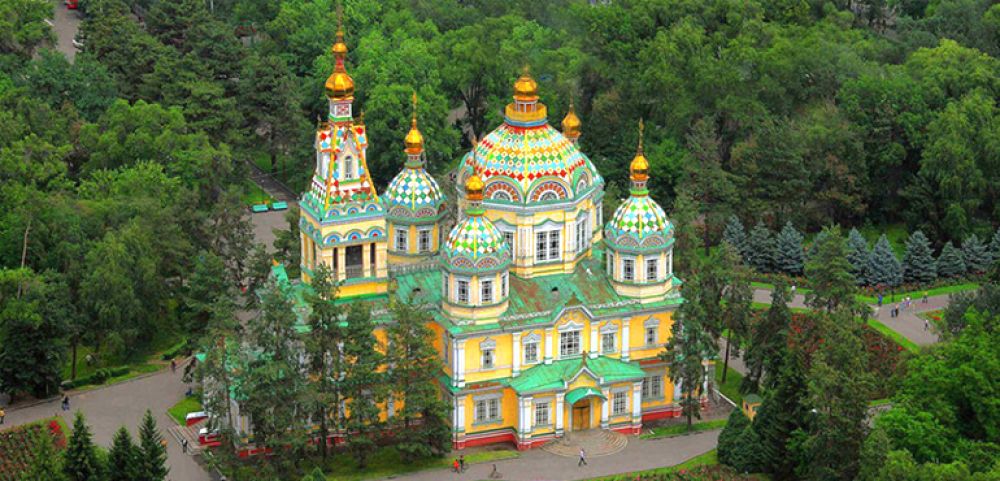

The Ascension Cathedral in Rostov-on-Don is an epitome of architectural splendor and spiritual significance that has drawn visitors for over a century. This magnificent edifice, also known as the Cathedral of the Nativity of the Most Holy Mother of God, is the largest Eastern Orthodox church in Russia. Here we delve into the tourism history surrounding this remarkable cathedral, highlighting the trends that have shaped its visitor experience over the years.
Construction of the Ascension Cathedral began in 1903 and was completed in 1932, a period that saw the Russian Empire giving way to the Soviet regime. Despite the tumultuous times, this cathedral was a beacon of faith, serving the regional community of Rostov-on-Don. Initially, tourism to the cathedral was not a primary focus, given the religious and political context of the era, with access to religious sites sometimes limited during Soviet times.
In the Soviet period, the policies towards religious sites were complex. While some churches were destroyed or repurposed, the Ascension Cathedral remained intact. However, religious tourism was not promoted, and access was at times restricted, reflecting the secular stance of the government.
With the dissolution of the Soviet Union in 1991, religious freedom was restored, and the Ascension Cathedral experienced a renaissance. The newly established Russian Federation saw a resurgence of interest in religious and cultural tourism. This period marked the beginning of an ongoing trend towards restoring and celebrating Russia's religious heritage, with the Ascension Cathedral as a focal point.
In recent years, there has been a paradigm shift towards experiential and heritage tourism, with travelers seeking meaningful and culturally rich experiences. The Ascension Cathedral fits perfectly into this niche, offering visitors not only an insight into Orthodox Christian traditions but also into the broader history and culture of southern Russia.
The cathedral's stunning features, including its impressive frescoes and icons, the tallest bell tower in southern Russia, and its prime location along the beautiful left bank of the Don River, make it an essential stop for both pilgrims and tourists alike. Visitors can immerse themselves in the cathedral's spiritual ambiance during services or enjoy the architectural beauty and historical significance during quieter times.
Recognizing the cathedral's appeal, Rostov-on-Don has more recently invested in improving infrastructure and accessibility, enhancing the visitor experience. This includes information services for tourists, guided tours available in multiple languages, and special events during major religious holidays. In line with global sustainability trends, efforts are also being made to preserve the sanctity of the site while accommodating tourists.
The Ascension Cathedral in Rostov-on-Don is a testament to the endurance and revival of religious tourism in Russia. From its inception in the early 20th century to its reemergence as a cultural and spiritual hub in the post-Soviet era, the cathedral continues to captivate visitors with its historical allure and spiritual gravitas. As tourism trends evolve, the Ascension Cathedral remains a harmonious blend of past and present, inviting travelers from around the world to witness its timeless beauty and holiness.